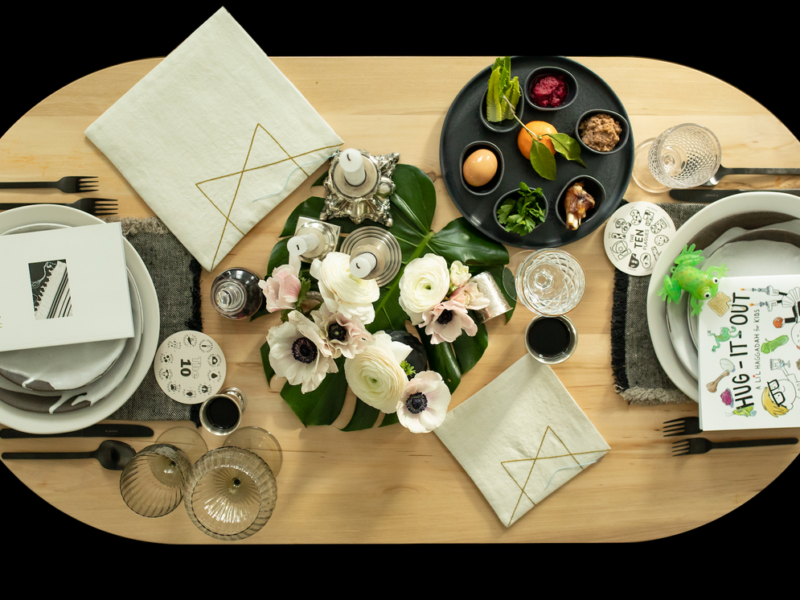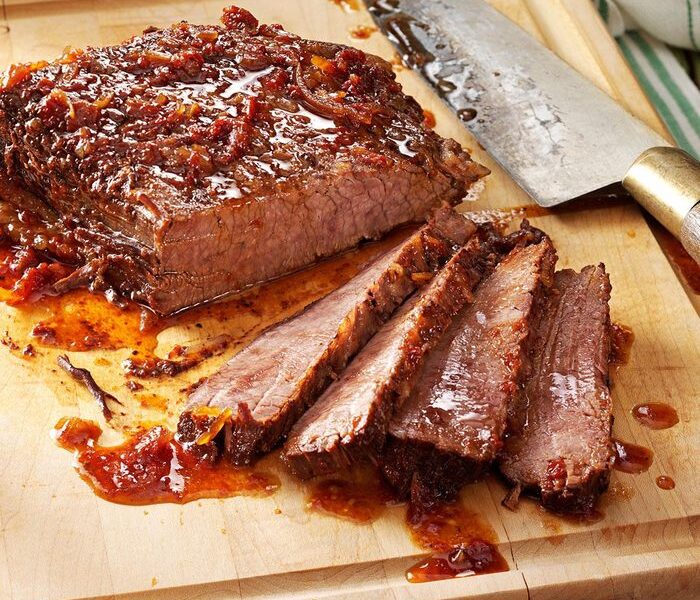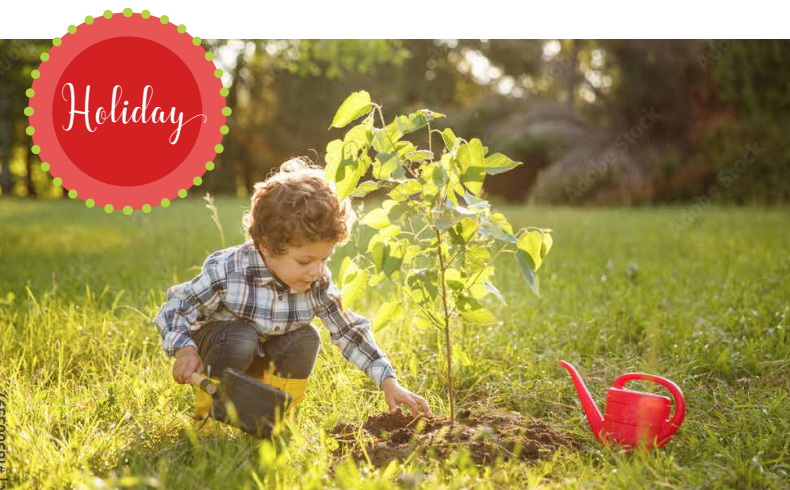In words that form images of light and darkness, waters receding from the firmament and stars separating day and night, the hebrew Bible (torah) describes the separation of the seventh day from all the others. this is the Sabbath – the day G-d desisted from the work of creation. the hebrew word Shabbat comes from the original phrase in Genesis 2:1, “vaYishbot,” meaning “And he stopped.”
On Shabbat (also pronounced Shabbos) we abandon worldly pursuits and turn our gaze to the riches of our heritage and family. A spirit of joy prevails, and all forms of mourning are forbidden. Refraining from work, though it may entail discipline, is considered a way of casting off burdens. Shabbat is a gift that is treasured by the Jewish people, and it has held us together through the centuries.
Shabbat brings Jews to the synagogue, where magnificent songs, prayers of praise, the reading of the torah portion and the rabbi’s sermon become part of the day’s spiritual observance and edification. “Adon Olam” (Master of the Universe) and “Yigdal” (Magnified Be), traditionally sung at the close of Shabbat services, express the essence of Judaism – G-d, creator of the universe, is One. A favorite Friday night melody, “Lecha Dodi,” composed by one of the Jewish mystics of Safed, reflects the hassidic tradition of greeting the Shabbat queen or bride.
the torah recounts that the Jews were aware of the Sabbath even while wandering in the desert; delicious manna fell from heaven, with a double portion in time for Shabbat. In honor of the double portion that fell, two loaves of challah are traditionally set on the Shabbat table dressed in snowy white. When the Jews gathered at the base of Mount Sinai, where they received the ten Commandments, Shabbat became a covenant. the Fourth Commandment begins: “Remember the Sabbath day, to keep it holy.” the next several phrases specifically characterize Shabbat as a day of rest dedicated to G-d. the writings mention several forms of daily activity that are forbidden on the Sabbath, such as working in the fields, buying and selling, cooking and traveling. the talmudic sages greatly expanded this list, and in modern times, depending on their customary observance, individuals may refrain from turning on electric lights, driving a car and talking on the phone.
the home is given over to the peace of Shabbat, and all preparations are carried out in a spirit of gratitude. traditionally, before sunset on Erev Shabbat (Friday evening), the Shabbat candles are lit and the blessing is recited. When parents return from synagogue, Kiddush (sanctification) is recited over a goblet of wine and they bless the children. the wife is honored as her husband chants “A Woman of valor” (Proverbs 31:10): “Far beyond pearls is her value… . She opens her mouth with wisdom, and the teaching of kindness is on her tongue… . Give her the fruit of her hands, and let her be praised in the gates by her very own deeds.” Rich or poor, the family has prepared a fine meal. the person who kneads the dough for the Sabbath loaf (challah) traditionally separates the first portion and burns it as an offering. Everyone lingers at the table after the meal, joining in zemirot (songs), many of them centuries old. On Saturday, when three stars can be seen in the evening sky, Shabbat has ended. the havdallah ceremony, with its braided candle and redolent spices, marks the return to the working week with a blessing for the Master “who distinguishes between the holy and the mundane.”
The seventh day reminds us of our purpose in creation and remains a day of delight for all time.
Amy R. Kaufman is a journalist, book editor and publisher.





